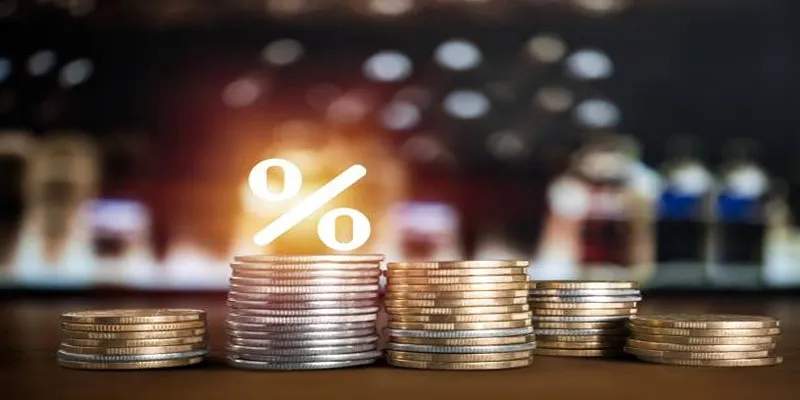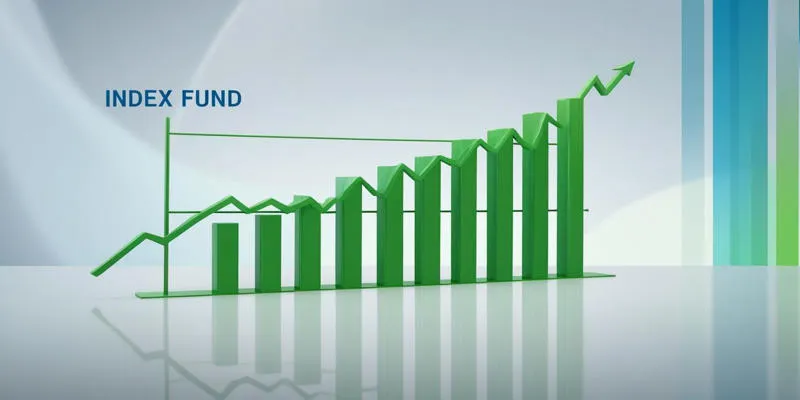Short Selling and Short Squeezes: Essential Insights for Every Investor
The stock market is full of surprises, and a short squeeze is one of its most dramatic events. This phenomenon occurs when investors are compelled to buy shares as prices rise, further driving the stock price upward. Short squeezes can lead to sudden, sharp price increases, resulting in significant financial gains or losses. Understanding how these events occur, their triggers, and the associated risks is crucial for investors. In this article, we’ll explore the basics of short squeezes, real-world examples, and the potential risks and rewards for those involved.
The Basics of Short Selling
To understand a short squeeze, you first need to grasp the concept of short selling, a common investment strategy. Short selling is used by investors who believe a stock’s price will decline. Instead of buying low and selling high, which is the traditional method of making money in the stock market, short sellers do the opposite. They borrow shares of a stock from someone else, sell those shares at the current market price, and hope the stock’s price falls. If the price drops, they can buy the stock back at a lower price and return the borrowed shares, pocketing the difference as profit.
Example of Short Selling
Here’s a basic example: Suppose an investor believes that Company XYZ’s stock, currently trading at $100, will soon fall to $80. The investor borrows 100 shares of XYZ stock and sells them at $100 each, collecting $10,000. If the price falls to $80, the investor can repurchase the 100 shares for $8,000, return them to the lender, and keep the $2,000 difference as profit.
However, short selling comes with significant risk. If the stock price rises instead of falling, the short seller faces potential losses. Unlike regular stock buying, where your losses are limited to the amount you invested, short selling can result in theoretically unlimited losses because a stock’s price can rise indefinitely.
How Does a Short Squeeze Happen?
A short squeeze happens when the price of a heavily shorted stock starts increasing unexpectedly, putting short sellers in a tough spot. As the price goes up, their losses grow. To avoid further losses, they are forced to buy back the stock they borrowed, which increases demand for the stock and pushes the price even higher. This creates a feedback loop—more short sellers buy back the stock, which causes the price to rise further, forcing even more short sellers to buy shares.
Triggers of a Short Squeeze
Several factors can trigger a short squeeze:
-
Positive News: Good news about a company, such as a strong earnings report, a new product launch, or a favorable legal ruling, can cause the stock’s price to rise unexpectedly. If a large number of investors have shorted the stock, they may be forced to buy shares to cover their positions, triggering a short squeeze.
-
Market Momentum: Sometimes, a stock will start to rise simply due to increased buying interest from regular investors. As the stock gains momentum, more investors jump in, causing the price to climb and short sellers to panic.
-
Low Float: A stock with a low float, meaning there are fewer shares available for trading, is more susceptible to a short squeeze. When there are fewer shares available, even a small increase in buying demand can cause the price to rise rapidly, making it difficult for short sellers to cover their positions.

A short squeeze can happen over days or even hours, depending on how fast the price rises and how many short sellers are forced to cover. In some cases, a short squeeze can send a stock’s price soaring far beyond any reasonable valuation, leading to wild market swings and massive losses for short sellers.
Real-Life Examples of a Short Squeeze

Several high-profile short squeezes have captured the attention of both professional investors and the general public in recent years. Perhaps the most famous example is the GameStop short squeeze that occurred in January 2021. GameStop, a video game retailer, had been heavily shorted by hedge funds and institutional investors, who believed the company was on the decline due to shifts in consumer behavior and the rise of digital game downloads. At one point, over 140% of GameStop’s available shares had been sold short.
However, a group of retail investors, many of whom were active on the Reddit forum WallStreetBets, began buying up GameStop shares, driving the price higher. As the stock surged, short sellers were forced to cover their positions, which only pushed the price up even more. By the end of January, GameStop’s stock price had skyrocketed from around $17 to over $400, creating enormous losses for short sellers and massive gains for those who had bought into the stock early.
The GameStop short squeeze was unique in that it was largely driven by retail investors rather than institutional players. It also sparked a broader conversation about market manipulation, the role of hedge funds, and the influence of online communities in the stock market.
Another notable example is Tesla, a company that has experienced multiple short squeezes over the years. For a long time, many investors doubted Tesla’s ability to scale production and turn a profit, leading to heavy short interest in the stock. However, as Tesla began to achieve profitability and expand its market presence, the stock price surged, leading to several short squeezes. Short sellers who had bet against Tesla were forced to cover their positions, driving the price even higher. Tesla’s stock went from trading under $50 in 2019 to over $1,000 by 2021, in part due to these squeezes.
These examples show just how powerful and unpredictable a short squeeze can be. It can send stocks soaring to dizzying heights and leave short sellers with significant losses, often in a matter of days.
Conclusion
A short squeeze is one of the most dramatic and high-stakes events in the stock market. While it can create enormous profits for some investors, it also comes with substantial risks, particularly for short sellers who are caught on the wrong side of the trade. Understanding how short selling works, what triggers a short squeeze, and the factors that influence these events is critical for anyone looking to navigate this complex financial phenomenon.









